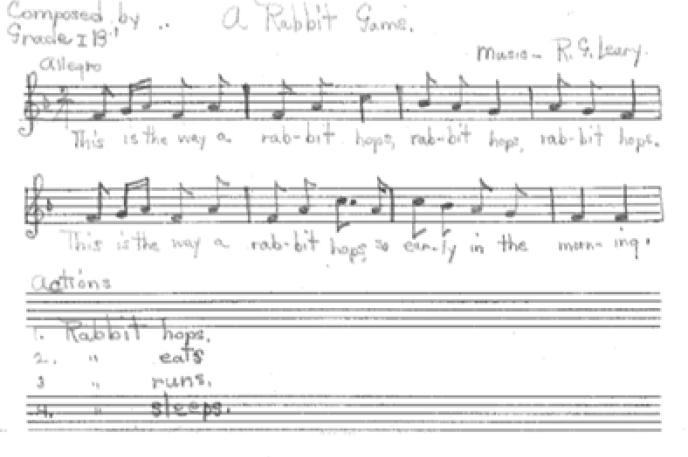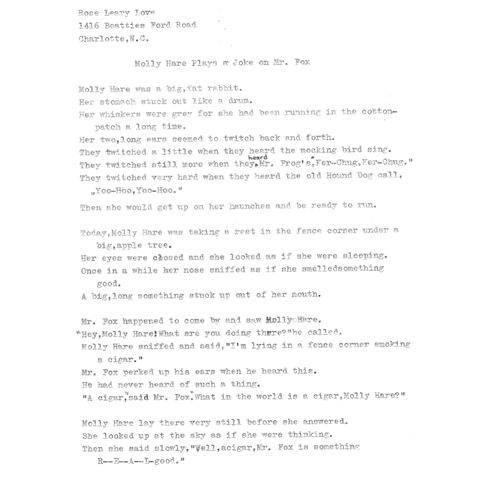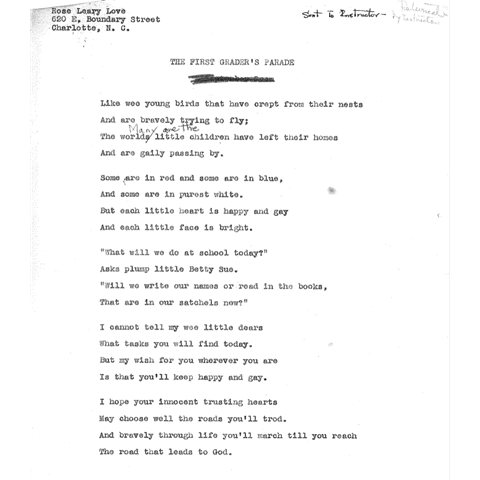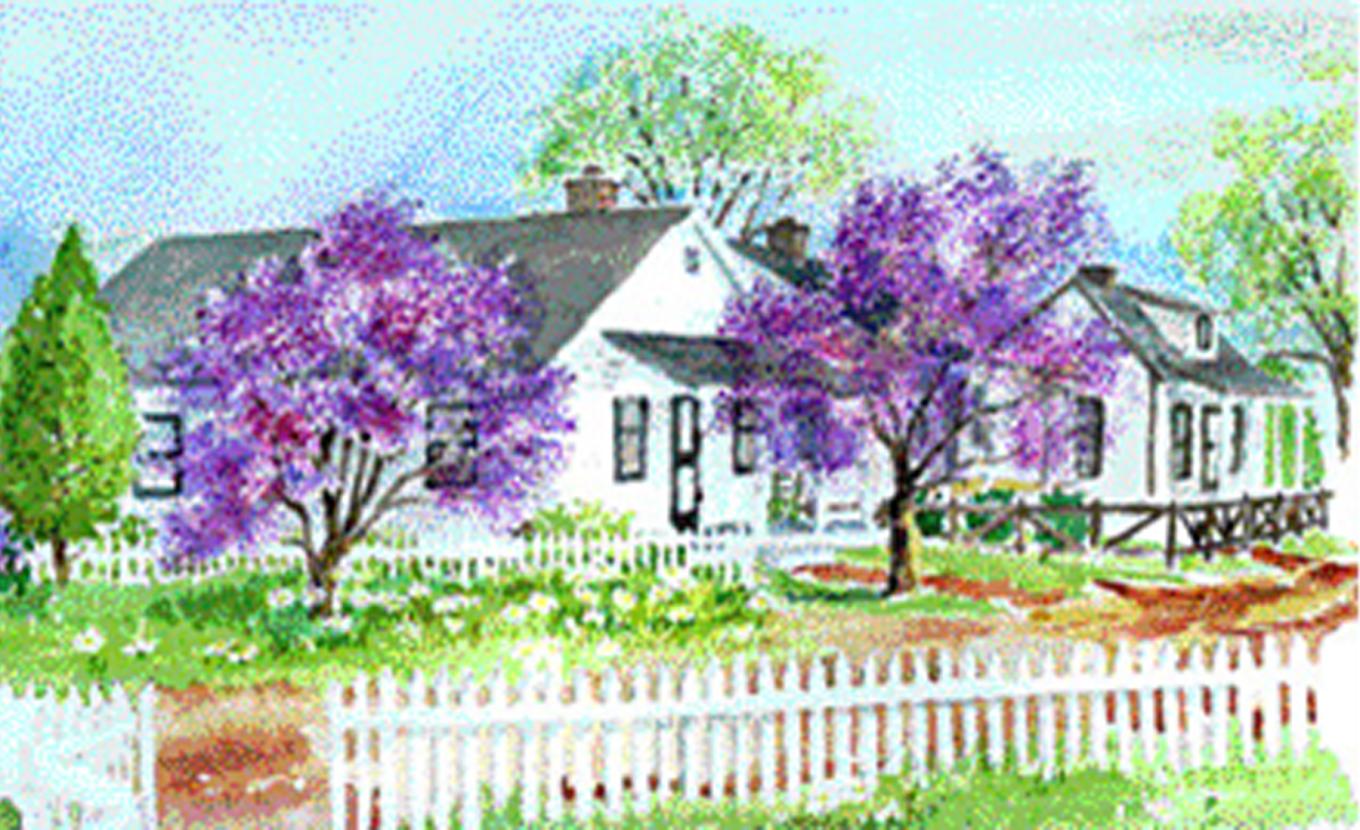This blog post was written by Brandon Lunsford, Robinson-Spangler Carolina Room Volunteer
In December 2024, the Carolina Room received a generous donation from the Wing Haven Foundation, forming the new Wing Haven Collection. This collection documents the history of one of Charlotte’s most exceptional hidden gems—Wing Haven Garden and Bird Sanctuary. Located at 248 Ridgewood Avenue in the Myers Park neighborhood, Wing Haven began as the private residence and garden of Elizabeth and Eddie Clarkson. The couple built their home in 1927 as one of the first in the new neighborhood. Elizabeth’s interest in gardening transformed the once barren red clay landscape into a lush paradise of color. Her interest in birds and their habitats soon led to the creation of a sanctuary, attracting both feathered visitors and human admirers. Friends, neighbors, and professional ornithologists were welcomed to enjoy the gardens, where birds even felt comfortable enough to fly through the house and perch on Elizabeth’s arms as she played the piano. It was likely one of the only places in the world where birds and people coexisted in such harmony. In 1970, the Clarksons established the Wing Haven Foundation, officially opening the gardens to the public.
The collection also preserves the decades-long love story between Elizabeth and Eddie, which began in 1924. Author Mary Norton Kratt describes their courtship in her book, A Bird in the House: The Story of Wing Haven Gardens: “Elizabeth Barnhill told Eddie Clarkson on their first date in Boston, where he was working and where she was attending the New England Conservatory of Music, how she and her mother had raised white-winged doves.” After five years of courtship in seven states and one foreign country, Eddie and Elizabeth became engaged. After Eddie’s father urged him not to ‘let that pretty, little auburn-haired girl get away,’ Eddie drove to Uvalde, TX to propose to her.
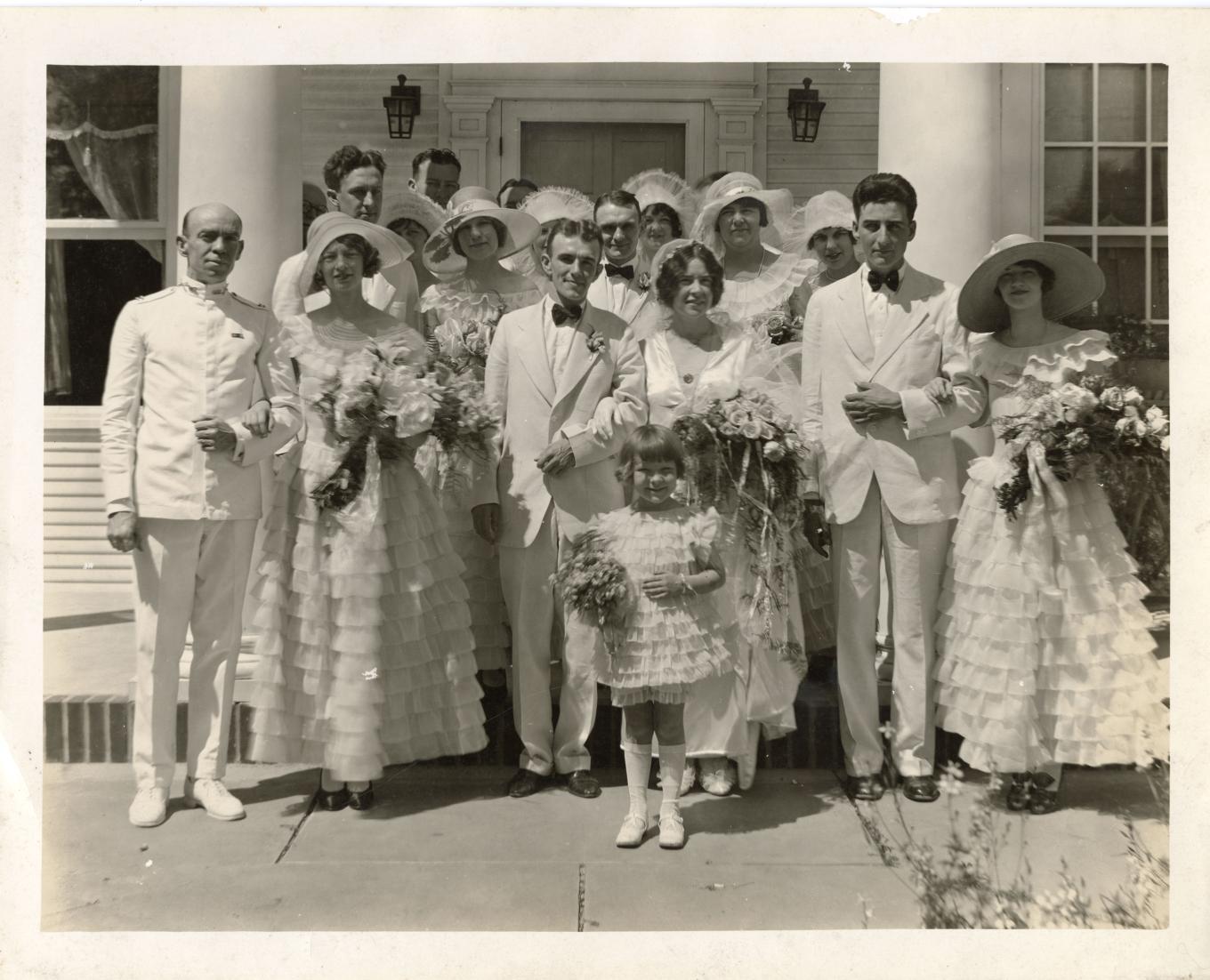
Eddie returned to his native Charlotte to build a home and a garden for his new bride following her precise instructions, and she remained in Texas until it was finished. While they were apart they wrote to each other daily–often multiple times on certain days. These letters, now part of the collection, offer a glimpse into their unwavering devotion. So far, we have processed their letters dating from July 1925 to April 1927—over 850 in total! Every letter from Elizabeth begins with some variation of “To My Precious Boy,” and every response from Eddie is addressed to “My Most Precious Girl.” Eddie often slipped wildflowers into his letters, which remain beautifully preserved almost 100 years later.
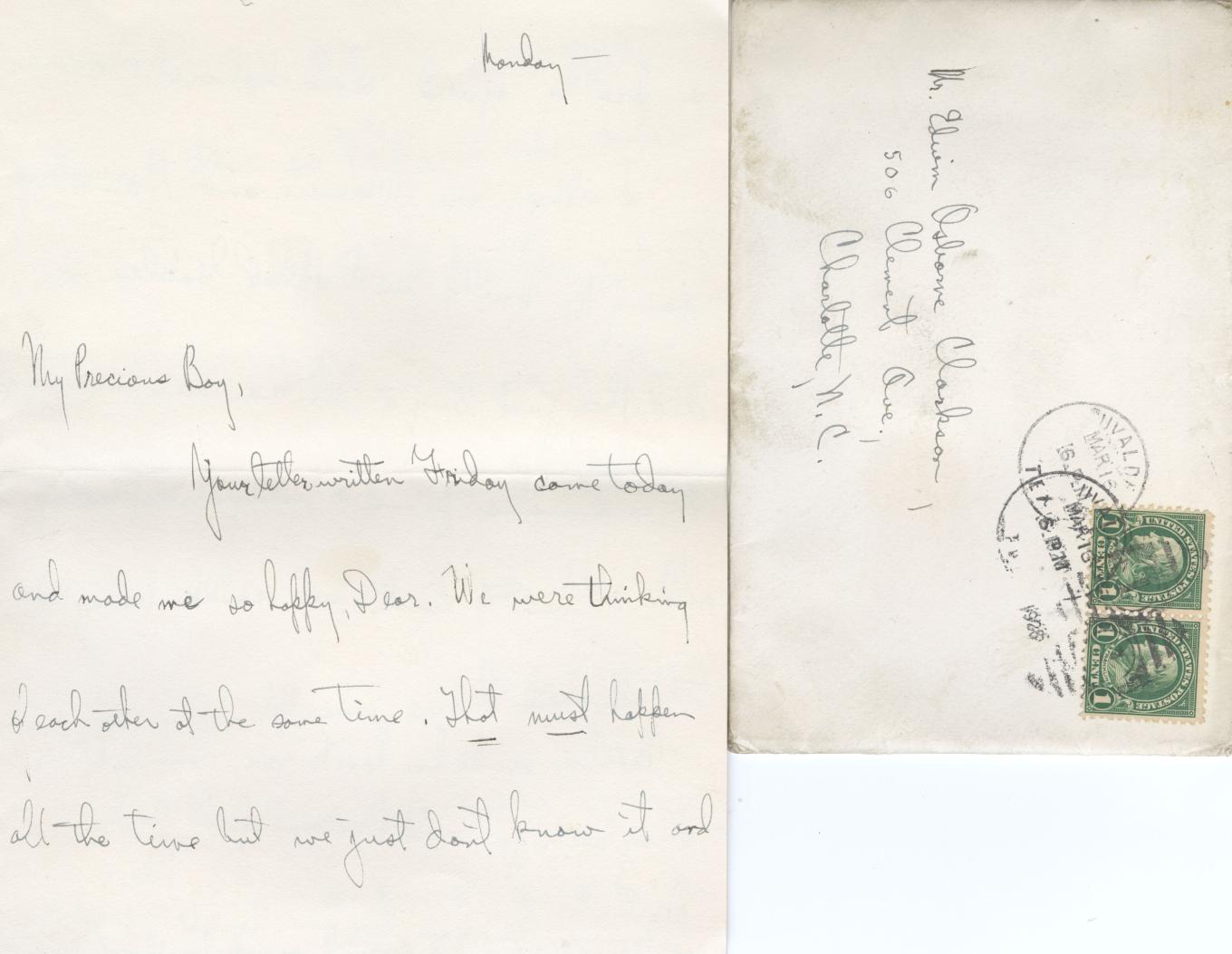
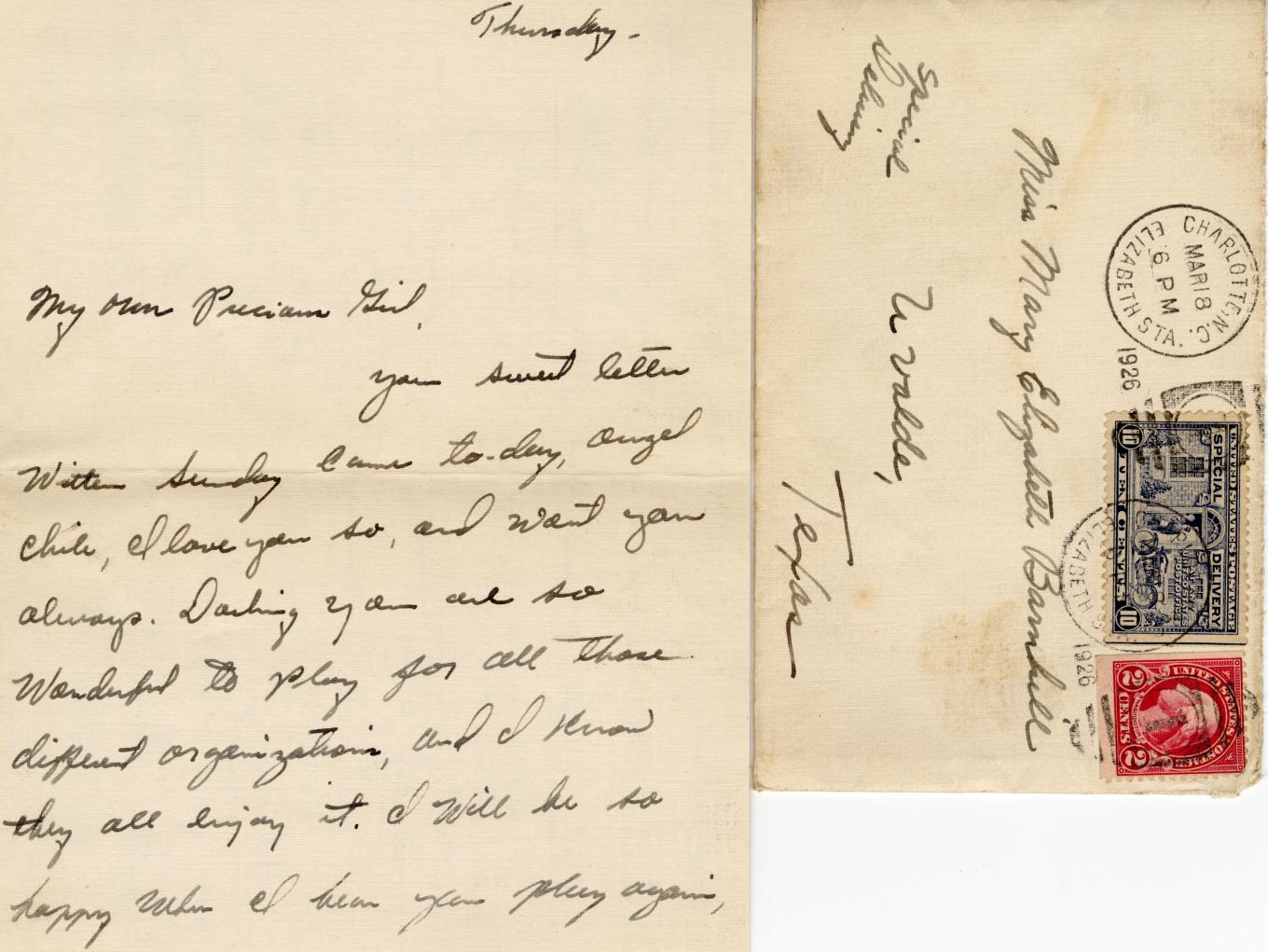
This correspondence continued throughout their 60-year marriage until Elizabeth’s passing in 1988. Eddie followed in 1993, having spent their entire lives together in the home and gardens they built with love.
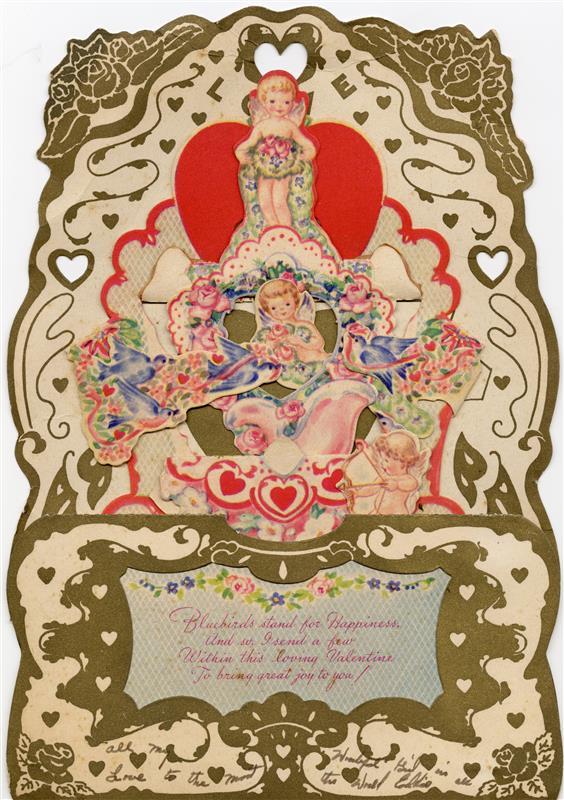
The Wing Haven Collection is divided into two main series. The first focuses on Elizabeth Clarkson and includes decades of correspondence between her, Eddie, family and friends, as well as photographs, slides, personal materials, and promotional content about Wing Haven. This material spans from the 1920s to the 1980s, with the bulk dating from the 1920s to 1940s. The second series is based around internationally known garden writer Elizabeth Lawrence, who moved to Charlotte in 1948 and cultivated her own garden nearby at 348 Ridgewood Avenue.
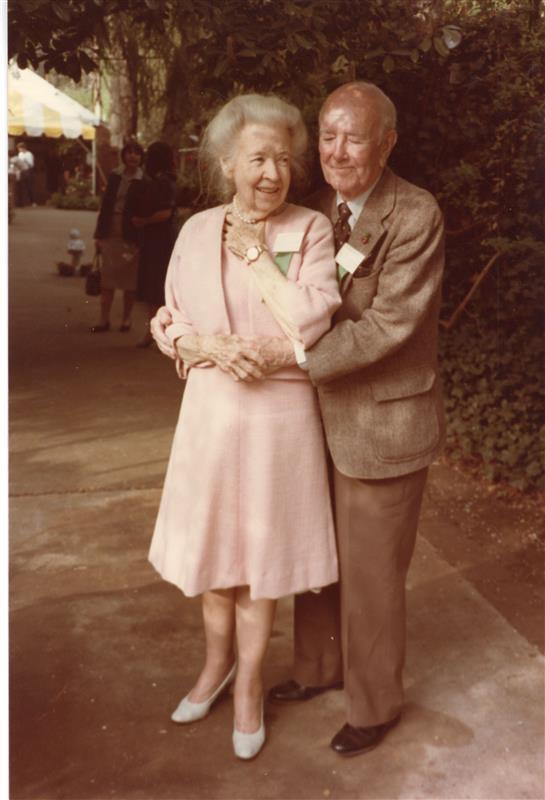
In a city that is rapidly changing, stepping into the house at Wing Haven feels like travelling back to 1927. The home remains untouched since the Clarksons moved in—the original furniture, piano, and even the small window openings designed for birds to enter still exist as they were.
It’s a rare opportunity to experience Charlotte as it was a century ago and to witness a living tribute to a timeless love story.
Stay tuned for more updates on the Wing Haven Collection! To find out more about Wing Haven and its special history, visit Wing Haven.



